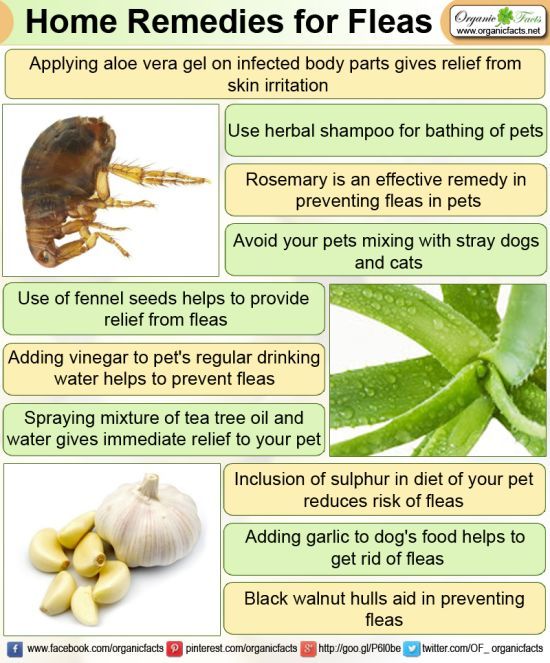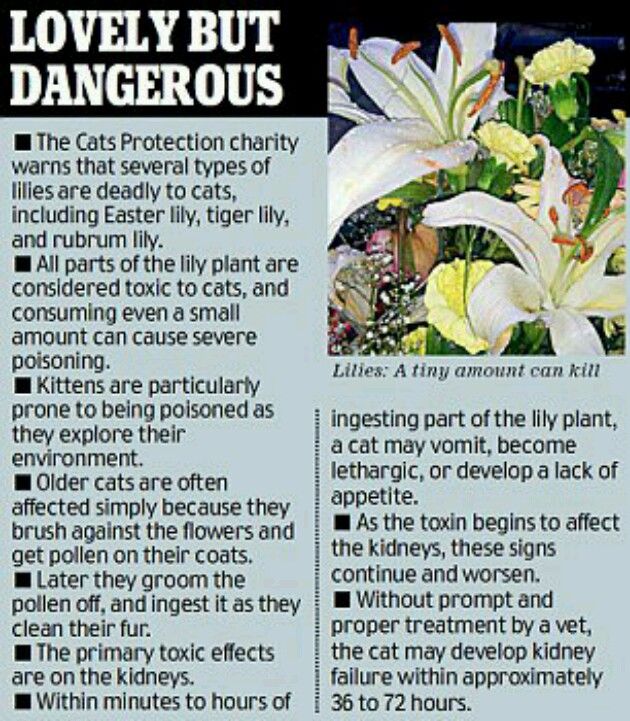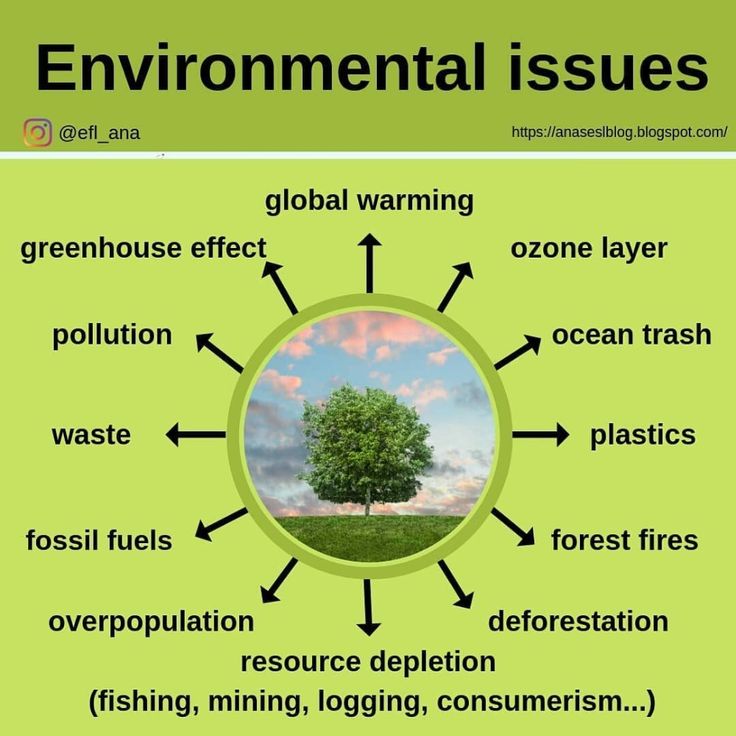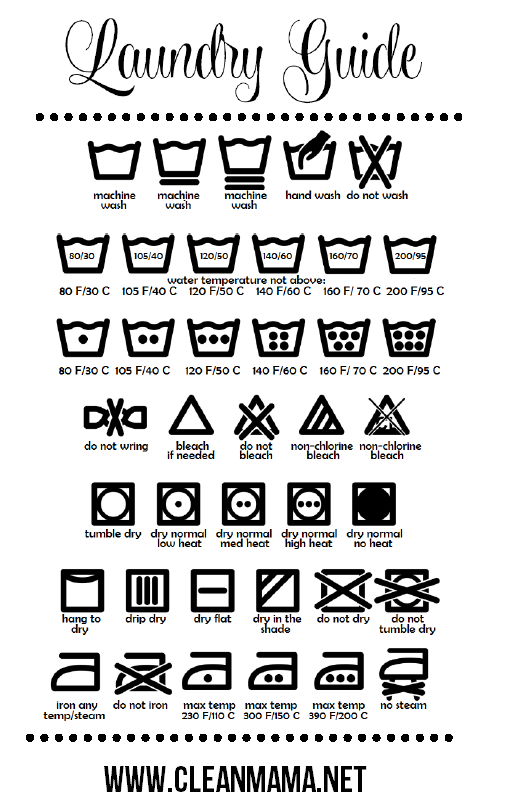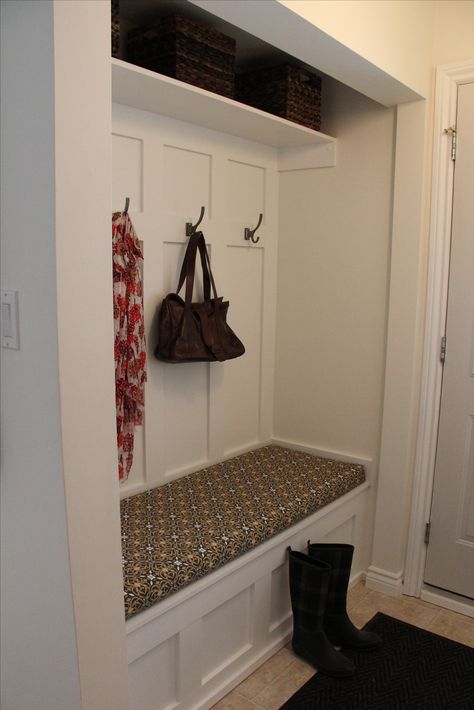Is ground coffee good for the garden
Are Coffee Grounds Good for your Garden?
Using Coffee Grounds in the Garden
Using coffee grounds for gardening is a hot tip floating around with enthusiasts. So are coffee grounds good for gardens? Like most things in life, the answer here cannot be a simple yes or no. For the sake of closure, let’s say that is true, but with caveats.
Here are some tips to use and some pointers to consider when thinking of coffee for your garden.
Use Them As Compost
Using all those spent coffee grounds as compost is a very sensible choice. Just add them to the heap and let the compost bin do its job. Incidentally, composting is taking off in the coffee industry as well. Many pods are now designed with the view of being compost-friendly.
If you choose to drop coffee grounds in the compost bin, remember they qualify as green compost material. You may want to balance it with brown compost material (like dry or dead leaves).
The Acidic Leanings Of Coffee
Those considering adding coffee directly to the garden will likely worry about the acidic content of coffee. That’s a reasonable approach. Fresh coffee grounds do tend to be acidic, even if on the mild side. Spent coffee grounds, on the other hand, veer towards the neutral. The expected pH value of used coffee grounds is 6.5 to 6.8. For reference, a pH of 7 is considered neutral.
So calm your worries on that count, and let the coffee do its job. However, do try to match coffee with plants that love more acidic soil. Which brings us to the next point.
Using Coffee As Fertiliser
Adding coffee grounds directly to the soil as a fertiliser can be a good option. Coffee grounds are rich in nutrients, especially nitrogen. They also have some amount of other nutrients like potassium and phosphorous. Overall, this means that adding coffee grounds to your garden can work fairly well as a fertiliser.
Coffee should be spread in a thin layer, rather than being clumped in one place. Spreading it as a thin layer not only spreads out the nutrients, it also reduces the chances of caffeine affecting one particular spot of the garden.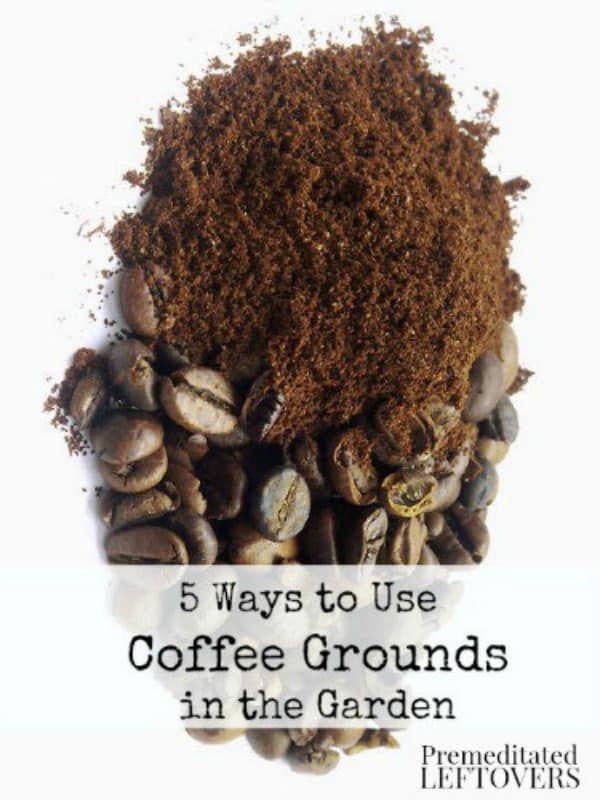
Fresh grounds have more caffeine, but the content of used grounds is debatable. The regular inference would be to assume that used grounds have lower caffeine. However, that is not always true. There’s a good chance that at least a portion of the grounds has high caffeine content.
Fresh Ground Coffee As A Fertiliser
Unused ground coffee as a fertiliser is an expensive option, especially when compared to conventional options. Used coffee grounds are a waste product put to use in gardening. Fresh grounds have their regular use and I’d suggest avoiding them unless you think it necessary.
When using fresh grounds, don’t forget about the caffeine and pH levels. Spread it as a very thin layer. Give preference to acid-loving plants like hydrangeas and blueberries. Root vegetables like carrots and radishes respond well to the acidity.
When adding caffeine, keep note of the expected effects. For example, avoid adding any caffeine to plants that are germinating.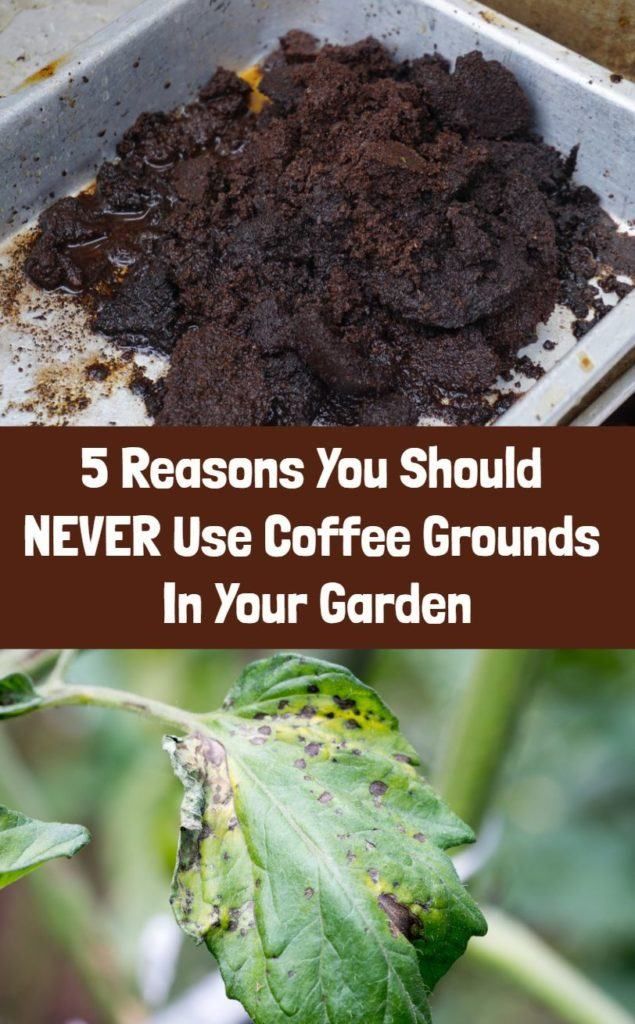 Freshly seeded areas should be avoided as well. Fresh grounds, and caffeine in general, have allelopathic properties. This can stunt plant growth and do more harm than good.
Freshly seeded areas should be avoided as well. Fresh grounds, and caffeine in general, have allelopathic properties. This can stunt plant growth and do more harm than good.
Some people suggest using decaf grounds, both for new and used grounds. The idea is that the lack of caffeine in the grounds can avoid associated problems.
Removing Weeds And Pests
Here’s one positive of adding fresh grounds and caffeine to the garden. Strategically placed, the caffeine provided by fresh grounds can be used to deter the growth of weeds. This process hinges on the allelopathic properties of caffeine.
Another useful aspect is that caffeine pushes back several pests. Chief amongst these are slugs and snails. It is worth noting that while these critters avoid coffee, it is not exactly a foolproof method. Slugs don’t exactly like coffee, but they won’t run away from it either.
Interestingly, coffee grounds also discourage pets from entering the area. Cats, for example, avoid exposure to caffeine.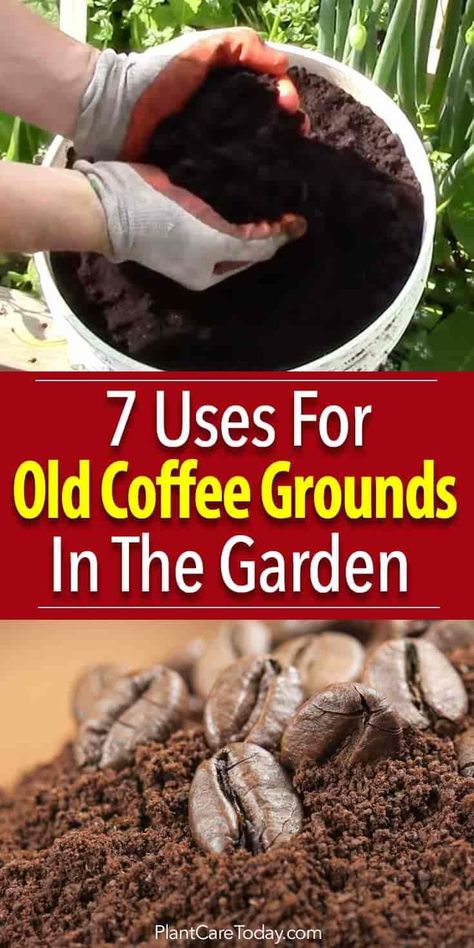 This will keep the garden free of the cat and stop it from becoming a litterbox! Some extra care is needed if your pet is a dog and has a penchant for eating or licking random things. In such a case, avoid caffeine for the dog and consign it to the compost heap.
This will keep the garden free of the cat and stop it from becoming a litterbox! Some extra care is needed if your pet is a dog and has a penchant for eating or licking random things. In such a case, avoid caffeine for the dog and consign it to the compost heap.
Vermicompost
Apparently, earthworms love coffee! Adding some coffee grounds to the worm bin can attract more worms. You could also occasionally add used coffee paper filters to the bin. It’s a rather simple method to get some good results.
Coffee Grounds As Mulch
Mulching is very beneficial to plants and every serious gardener considers the option. But then getting ahold of mulch isn’t easy! Getting coffee grounds to play that role seems like a no-brainer. The results, however, do not agree. Many gardeners have found that using coffee grounds as mulch can be very destructive to the plants.
A different approach is required with coffee grounds. A thick layer of mulch with coffee grounds will lead to caffeine-rich soil and stunted plants.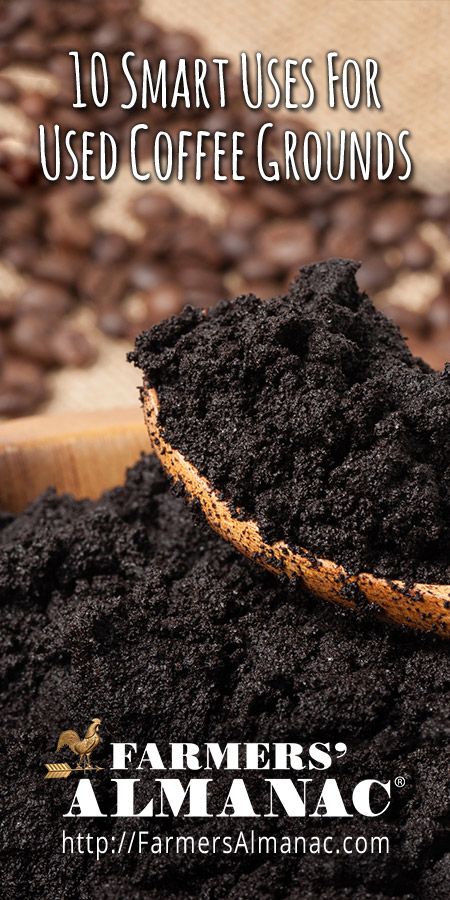 Instead, consider mixing coffee grounds with other organic material. Another possibility is to add a thin layer of coffee grounds on the soil, and then rake it to mix it all up. This way, the coffee grounds are spread and cannot lump together. This way, the plants get undisturbed water supply and the caffeine content is not overwhelming.
Instead, consider mixing coffee grounds with other organic material. Another possibility is to add a thin layer of coffee grounds on the soil, and then rake it to mix it all up. This way, the coffee grounds are spread and cannot lump together. This way, the plants get undisturbed water supply and the caffeine content is not overwhelming.
Other Ways to Use Coffee Grounds in the Garden
When used correctly, coffee grounds can be a great addition to your garden. Many gardeners find it is a safe, natural, and effective way to boost their gardens without using harsh chemicals or pesticides.
Using Coffee Grounds As Fertilizer
Home › Composting › Compost Ingredients
Compost Ingredients
By: Heather Rhoades
Image by ThamKC
Whether you make your cup of coffee daily or you have noticed your local coffee house has started to put out bags of used coffee, you may be wondering about composting with coffee grounds. Are coffee grounds as fertilizer a good idea? How do coffee grounds used for gardens help or hurt? Keep reading to learn more about coffee grounds and gardening.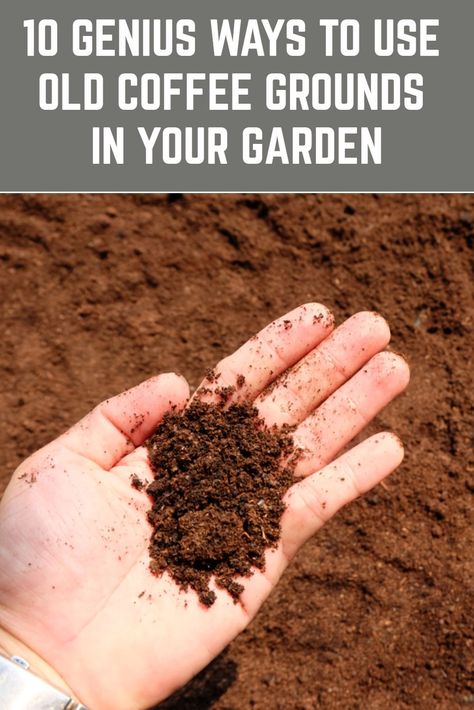
Composting Coffee Grounds
Composting with coffee is a great way to make use of something that would otherwise end up taking up space in a landfill. Composting coffee grounds helps to add nitrogen to your compost pile.
Composting coffee grounds is as easy as throwing the used coffee grounds onto your compost pile. Used coffee filters can be composted as well.
If you will be adding used coffee grounds to your compost pile, keep in mind that they are considered green compost material and will need to be balanced with the addition of some brown compost material.
Coffee Grounds as Fertilizer
Used coffee grounds for gardening does not end with compost. Many people choose to place coffee grounds straight onto the soil and use it as a fertilizer. The thing to keep in mind is while coffee grounds add nitrogen to your compost, they will not immediately add nitrogen to your soil.
The benefit of using coffee grounds as a fertilizer is that it adds organic material to the soil, which improves drainage, water retention, and aeration in the soil. The used coffee grounds will also help microorganisms beneficial to plant growth thrive as well as attract earthworms.
The used coffee grounds will also help microorganisms beneficial to plant growth thrive as well as attract earthworms.
Many people feel that coffee grounds lower the pH (or raise the acid level) of soil, which is good for acid loving plants. This is only true for unwashed coffee grounds though. Fresh coffee grounds are acidic. Used coffee grounds are neutral. If you rinse your used coffee grounds, they will have a near neutral pH of 6.5 and will not affect the acid levels of the soil.
To use coffee grounds as fertilizer, work the coffee grounds into the soil around your plants. Leftover diluted coffee works well like this too.
Other Uses for Used Coffee Grounds in Gardens
Coffee grounds can also be used in your garden for other things.
- Many gardeners like to use used coffee grounds as a mulch for their plants.
- Other uses for coffee grounds include using it to keep slugs and snails away from plants. The theory is that the caffeine in the coffee grounds negatively affects these pests and so they avoid soil where the coffee grounds are found.
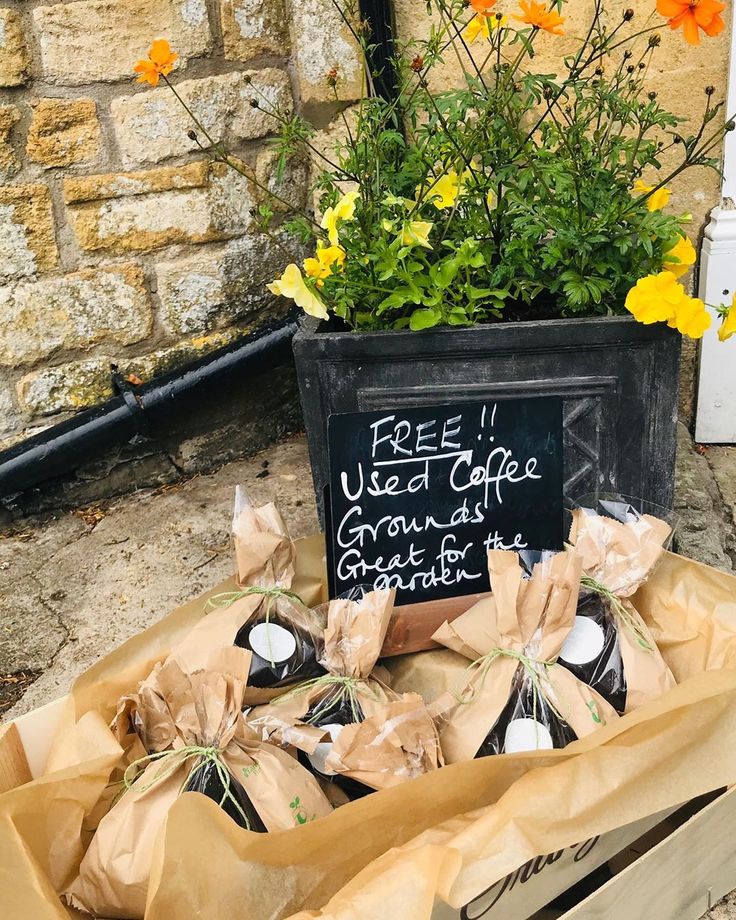
- Some people also claim that coffee grounds on the soil is a cat repellent and will keep cats from using your flower and veggie beds as a litter box.
- You can use coffee grounds as worm food too if you do vermicomposting with a worm bin. Worms are very fond of coffee grounds.
Using Fresh Coffee Grounds
We get lots of questions about using fresh coffee grounds in the garden. While it’s not always recommended, it shouldn’t be a problem in some situations.
- For instance, you can sprinkle fresh coffee grounds around acid-loving plants like azaleas, hydrangeas, blueberries, and lilies. Many vegetables like slightly acidic soil, but tomatoes typically don’t respond well to the addition of coffee grounds. Root crops, like radishes and carrots, on the other hand, respond favorably — especially when mixed with the soil at planting time.
- The use of fresh coffee grounds are thought to suppress weeds too, having some allelopathic properties, of which adversely affects tomato plants.
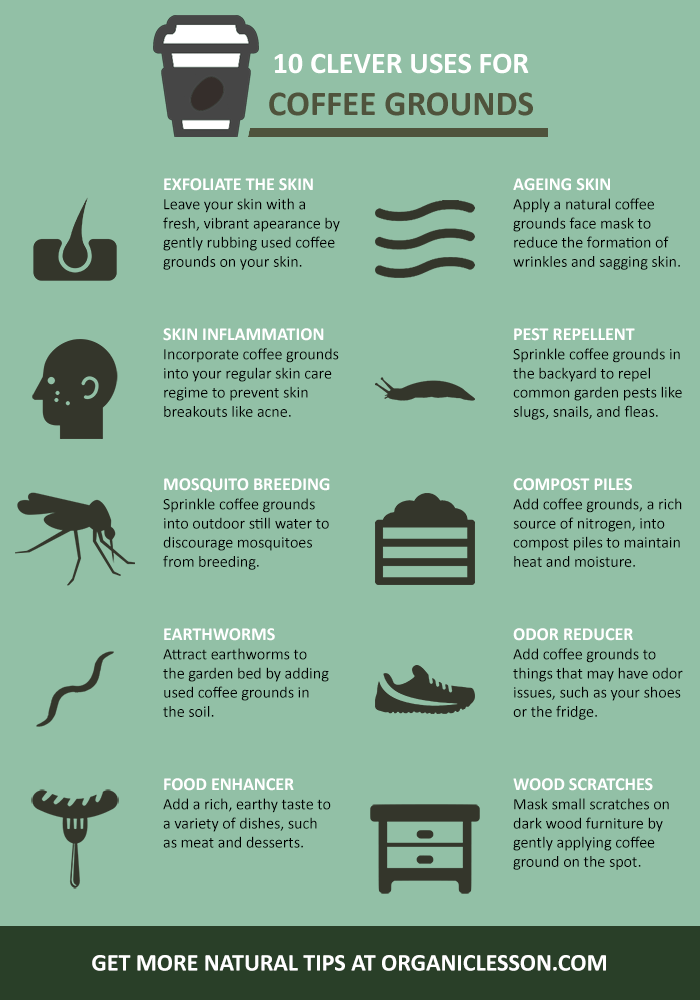 Another reason why it should be used with care. That being said, some fungal pathogens may be suppressed as well.
Another reason why it should be used with care. That being said, some fungal pathogens may be suppressed as well. - Sprinkling dry, fresh grounds around plants (and on top of soil) helps deter some pests same as with used coffee grounds. While it doesn’t fully eliminate them, it does seem to help with keeping cats, rabbits, and slugs at bay, minimizing their damage in the garden. As previously mentioned, this is thought to be due to the caffeine content.
- In lieu of the caffeine found in fresh, unbrewed coffee grounds, which can have an adverse effect on plants, you may want to used decaffeinated coffee or only apply fresh grounds minimally to avoid any issues.
Coffee grounds and gardening go together naturally. Whether you are composting with coffee grounds or using used coffee grounds around the yard, you will find that coffee can give your garden as much of a pick me up as it does for you.
This article was last updated on
Read more about Compost Ingredients
Did you find this helpful? Share it with your friends!
You might also like…
the pros and cons of using coffee in the garden and in the garden - an article on the TCHK
The advice not to throw away the coffee pulp, but to take it under the tomato bush can be found in many collections of non-traditional uses of coffee.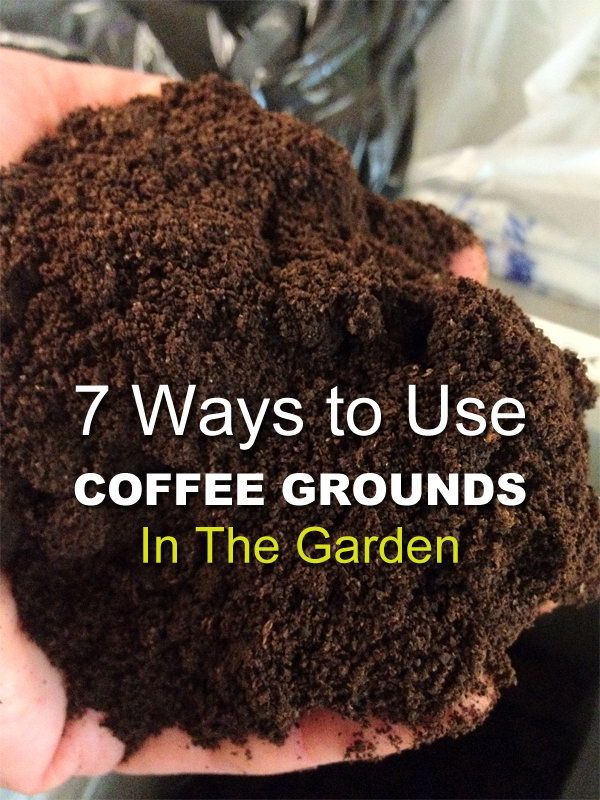 Compost, fertilizer, insecticide and soil acidifier - a variety of useful properties are attributed to this product. In fact, everything is not as simple as it seems at first glance. Below, we will look at a few of the main arguments for using coffee in the garden and see which ones should be treated with caution. nine0003
Compost, fertilizer, insecticide and soil acidifier - a variety of useful properties are attributed to this product. In fact, everything is not as simple as it seems at first glance. Below, we will look at a few of the main arguments for using coffee in the garden and see which ones should be treated with caution. nine0003
Is coffee a useful fertilizer?
There is a common belief that coffee grounds can act as an ideal natural way to feed the beds: they contain about 3% of useful micronutrients, including magnesium, potassium, calcium and phosphorus, as well as nitrogen. However, "natural" does not mean "safe" and "useful".
According to a 2016 study by Australian scientists, recommendations for using used coffee grounds either directly in the soil or as compost should be considered... anecdotal. Empirically, the Australians have found that this kind of "fertilizer" not only does not improve growth rates, but even reduces them. nine0003
Why? Looks like it's all about the caffeine.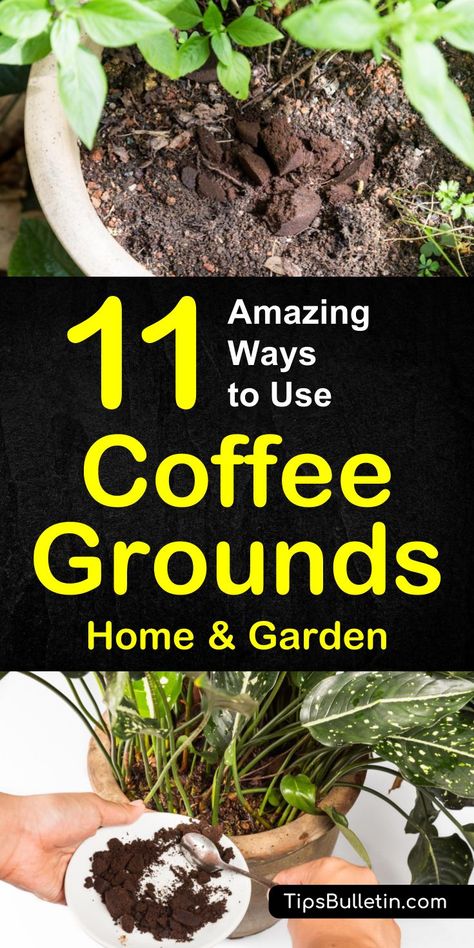 There is a lot of it even in the sleeping coffee grounds. Now raise your hand if you remember that caffeine is toxic to other non-caffeine plants. In addition, coffee grounds have antibacterial properties, which negatively affects the natural processes characteristic of composting.
There is a lot of it even in the sleeping coffee grounds. Now raise your hand if you remember that caffeine is toxic to other non-caffeine plants. In addition, coffee grounds have antibacterial properties, which negatively affects the natural processes characteristic of composting.
However, one cannot fail to mention exceptions. According to the experience of experienced flower growers, azaleas, roses, hydrangeas and camellias respond well to such top dressing, increasing the number of buds. I like the coffee diet and evergreen shrubs, as well as ferns. nine0003
Coffee acidifies alkaline soil
One of the most common gardening tips about coffee grounds is to use them to acidify the soil. It seems to make sense: everyone knows that coffee is sour. The question is how sour the thick will be.
It turns out not very good.
Although the caffeine is still present in this product, the acid present in the grain is water soluble. Therefore, our drink becomes sour, and not the used grounds, which have a pH close to neutral (from 6. 5 to 6.8 pH). nine0003
5 to 6.8 pH). nine0003
The conclusion is obvious. Coffee as an acidifier is pure myth. The used grounds practically do not have the acidic properties of the drink.
Coffee keeps pests away
Really, it does. After all, caffeine is toxic not only to plants, but also to insects. Scientists have already proven that coffee grounds are very effective against bugs and midges. There is a version that it also helps to drive away slugs and snails, but this hypothesis requires additional research.
Coffee is an effective soil conditioner
On the one hand, yes, the coffee grounds add some looseness. However, at the same time, its toxic properties continue to work, which means that the active use of such an additive will destroy the gardener's main friends - worms. Many Internet sources write that worms like coffee, but in reality, such a feast will have an extremely negative impact on their health. Well, then it’s easy to calculate: no worms - no natural “baking powder”.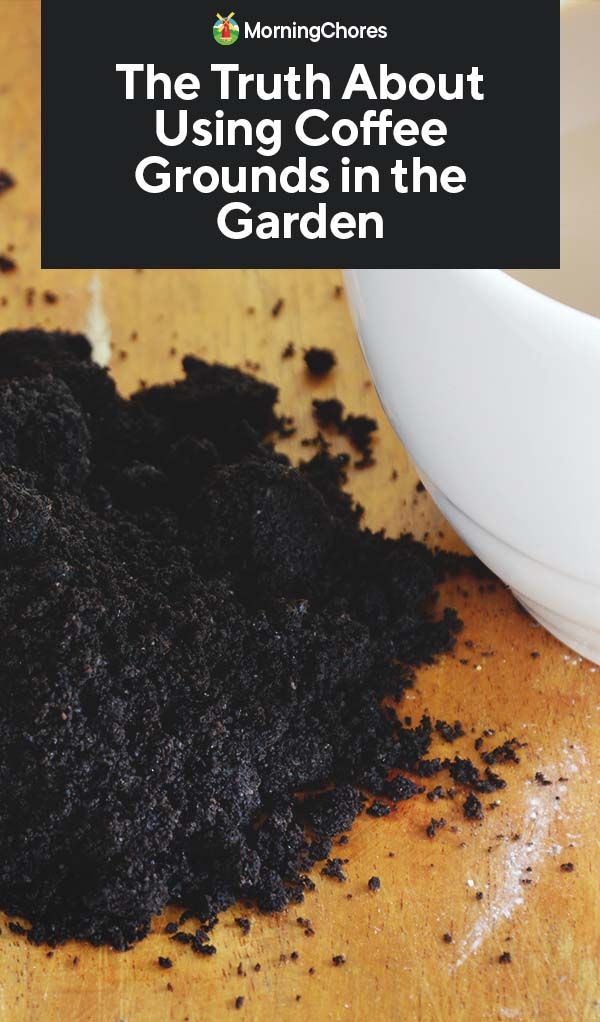
Coffee against weeds
As we remember, caffeine inhibits plant growth. This property is very useful when it is necessary to destroy weeds. In order to achieve the desired effect, it is necessary to cover the soil with coffee grounds where harmful plants are completely unbound, but at the same time away from useful plantings. nine0003
Coffee is likely to really deal with weeds. But where is the line between the "garbage" in the garden and your favorite cucumbers?
As you can see, using coffee in the garden is not easy: there are not only pluses, but also minuses that must be taken into account when conducting experiments.
If you want to find a useful use for coffee grounds, make a scrub out of it. Or use for house cleaning. How exactly - we wrote in this article.
Use of coffee in the garden, feeding recipes
Coffee grounds as fertilizer - methods of application
Benefits of coffee for plants
Ground coffee and boiled coffee grounds have been used for cosmetic purposes for many years. There are recipes for making scrubs for the face and body, tonic lotions, masks, creams. But few people know that coffee can also be used in gardening.
There are recipes for making scrubs for the face and body, tonic lotions, masks, creams. But few people know that coffee can also be used in gardening.
Coffee beans are rich in trace elements: Mg (magnesium), Ca (calcium), P (phosphorus), N (nitrogen), K (potassium). Phosphorus and potassium improve the ovary and productivity of crops, and nitrogen takes an active part in photosynthesis, which will accelerate the development of the plant. Used coffee will be useful not only for indoor and garden flowers, but also for garden crops. nine0003
Waste coffee can be used as fertilizer regardless of how it is prepared
The amount of useful substances is about 3% of the total volume. Therefore, coffee grounds cannot completely replace fertilizers, but it can be used as an additional top dressing.
I used to think that coffee pomace is only suitable for alkaline soil, as it has a fairly high level of acidity. But actually it is not. Research scientists have shown that used coffee has a neutral pH. And the acid found in whole grains is washed out when they are cooked. nine0003
And the acid found in whole grains is washed out when they are cooked. nine0003
From my experience I can say that coffee grounds increase the yield of eggplants, carrots, radishes and tomatoes. Berries and fruit trees respond well to coffee top dressing. Also, I noticed an increase in the number of buds and more lush flowering of roses, lilies and begonias.
Another advantage of coffee top dressing is a fragrant smell that repels many pests, but on the contrary, it attracts earthworms, which contributes to better aeration of the soil. nine0003
Preparation of coffee grounds
For the preparation of top dressing, it is necessary to use only spent, that is, boiled coffee. Ground, but not cooked grains have too high acidity, which can change the overall pH of the soil, negatively affect the development of crops, and even lead to their death. For the same reason, I do not recommend pouring leftover liquid coffee under the plants.
The coffee grounds must first be dried.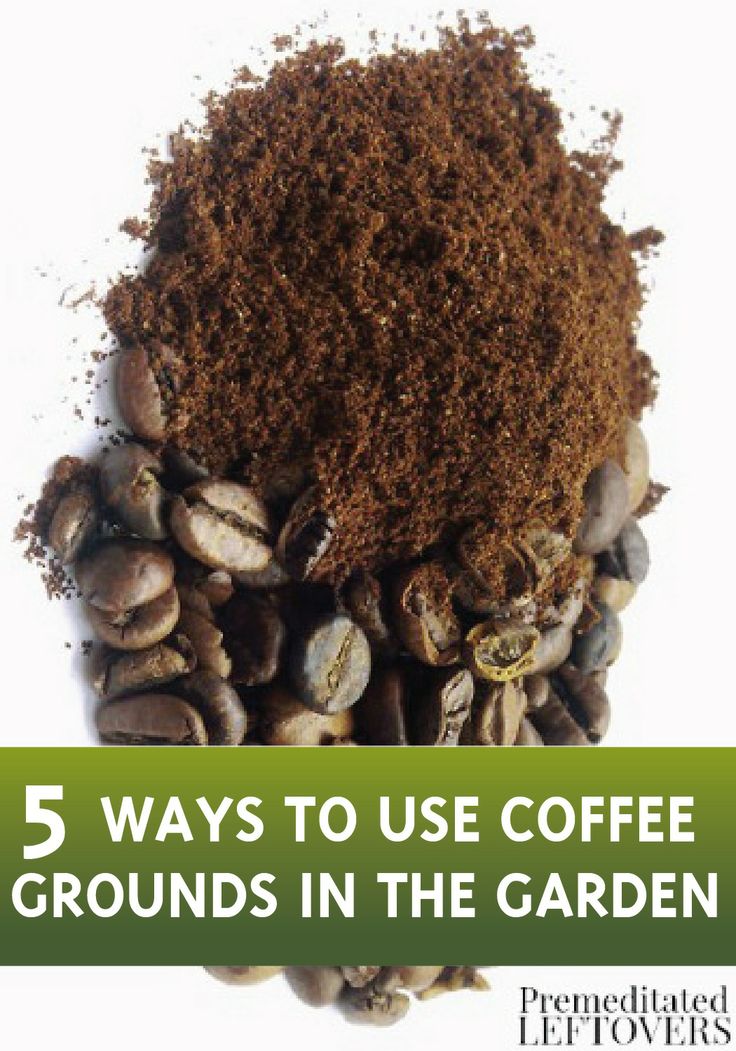 To do this, lay it out in a thin layer on parchment paper, you can use an old sheet or towel, and leave it for a couple of days. nine0003
To do this, lay it out in a thin layer on parchment paper, you can use an old sheet or towel, and leave it for a couple of days. nine0003
Only well-dried coffee can be used as fertilizer
You can also use the oven to dry, this will speed up the drying time, but you must be careful not to overcook the coffee grounds. Raw or poorly dried coffee can quickly become infected with a fungus that will cause diseases in plants.
Store coffee grounds after drying, preferably in a tightly closed container to avoid moisture ingress and to prevent the aroma from fading. nine0003
Use of coffee in the garden
Used coffee can be applied to the soil, both in dry form and in the form of a solution. For top dressing during planting, seedlings, young plantings and seedlings, I use dry coffee.
Feeding trees with dry waste coffee
Prepared cake, before transshipment of the plant, we throw it to the bottom of the dug hole, mixing it with the ground. After planting, it is necessary to water the seedling abundantly, which will release nitrogen, which will begin to actively interact with the plant and soil. nine0003
After planting, it is necessary to water the seedling abundantly, which will release nitrogen, which will begin to actively interact with the plant and soil. nine0003
Coffee in the garden will help saturate the earth and make it looser
A small amount of coffee grounds can be poured into the stem circle of the seedling. With each watering, nutrients will penetrate the soil. Coffee will also play the role of mulch.
When fertilizing seedlings of fruit trees, it is necessary to dig the ground around the trunk, deepening no more than 5 cm. Then sprinkle the loosened soil with coffee sediment, at the rate of 2 cups per tree, cover with a thin layer of earth, tamp tightly and water abundantly. nine0003
Top dressing with coffee solution
When fertilizing mature trees and shrubs, I recommend using a coffee solution, as useful substances get not only into the soil, but directly onto the bark and leaves, which favorably affects the growth and flowering in the future.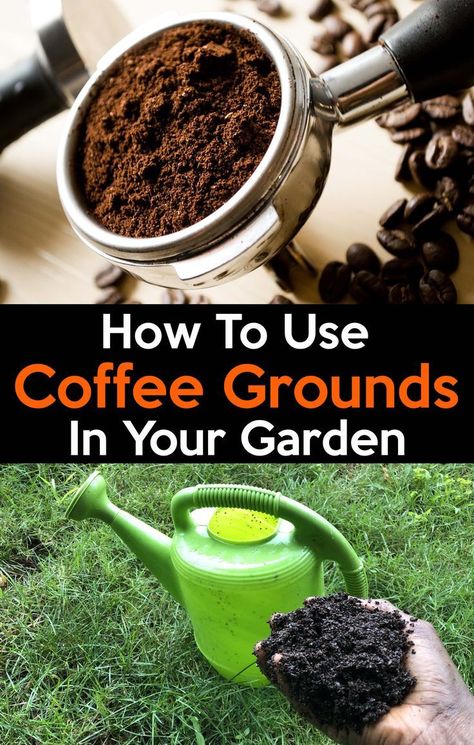
To prepare the solution, mix pre-dried cake with water (approximately a glass of coffee per watering can, or 3-4 glasses per bucket). Plentifully water the plants with the resulting mixture. The next day, we water it with water for a better return of beneficial trace elements to the soil. nine0003
Benefits of coffee in seed germination
Used coffee is often used for seed germination. To do this, I mix the thick with the ground, and already in the resulting mixture I sow. Due to the useful elements, the seeds hatch faster, a more stable and uniform germination is observed. This is due not only to the composition - coffee improves soil qualities such as air permeability and moisture capacity. As a result, seedlings grow stronger and more powerful.
nine0082 Use of coffee grounds in floricultureMost often, coffee is used in floriculture. It can be used as a drain, or as a nutritional supplement.
In order to make drainage, I take expanded clay and alternately lay them thickly on the bottom of the pot, making about 3 layers of each component. From above I fall asleep with the prepared earth.
From above I fall asleep with the prepared earth.
Coffee can be used as a drain for houseplants
If you do not have expanded clay on hand, you can replace it with used tea bags. In this case, we lay the bottom of the pot with tea bags, then we make a layer of coffee grounds, and fill it with soil on top. nine0003
The second method is more efficient, because over time, tea and coffee rot into natural organic fertilizer. It is best used for plants that you will be transplanting next year. Tea will be a good top dressing, and in the future you will be able to equip a more durable drainage system.
For the manufacture of nutritional supplements, I take 500 gr. dried coffee grounds, 200 gr. dry chopped hay, and 300 gr. leaves. I put all this in a container, mix it well, cover it with earth on top and leave it for about a month. At the end of the period, the mixture overheats and can be applied to flower pots as a fertilizer. nine0003
How harmful is coffee for plants
Do not forget that coffee top dressing contains not only useful trace elements, but also caffeine.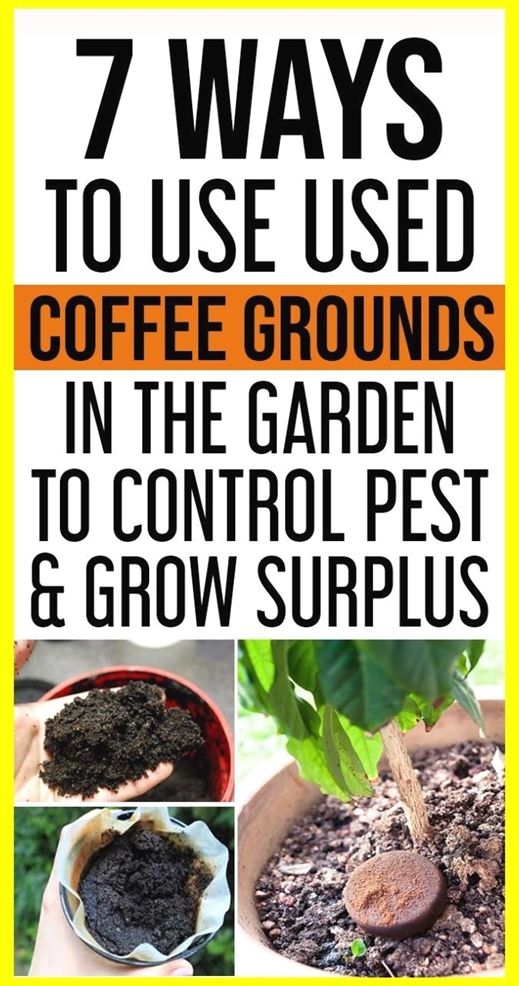 Excess of this substance can cause burns to the bark and leaves, or damage the root system.
Excess of this substance can cause burns to the bark and leaves, or damage the root system.
As with any fertilizer, whether natural or chemical, precautions must be taken to ration the amount of coffee applied. It is not necessary to increase the dosage excessively in the pursuit of rapid growth or increased fertility. nine0003
An excess of coffee can harm the plant
Improper preparation of used coffee can harm plants. Damp thicket will become a breeding ground for infections and fungal diseases.
It is important for flower growers to know that the use of waste coffee when infecting the soil of indoor plants with flies is excluded! This will not help to cope with them, but, on the contrary, will provoke an active growth of the insect population.
Having conducted a small experiment on the use of coffee in the garden, I noted an increase in the germination and yield of most crops, and especially the splendor and abundance of my favorite flowers.


